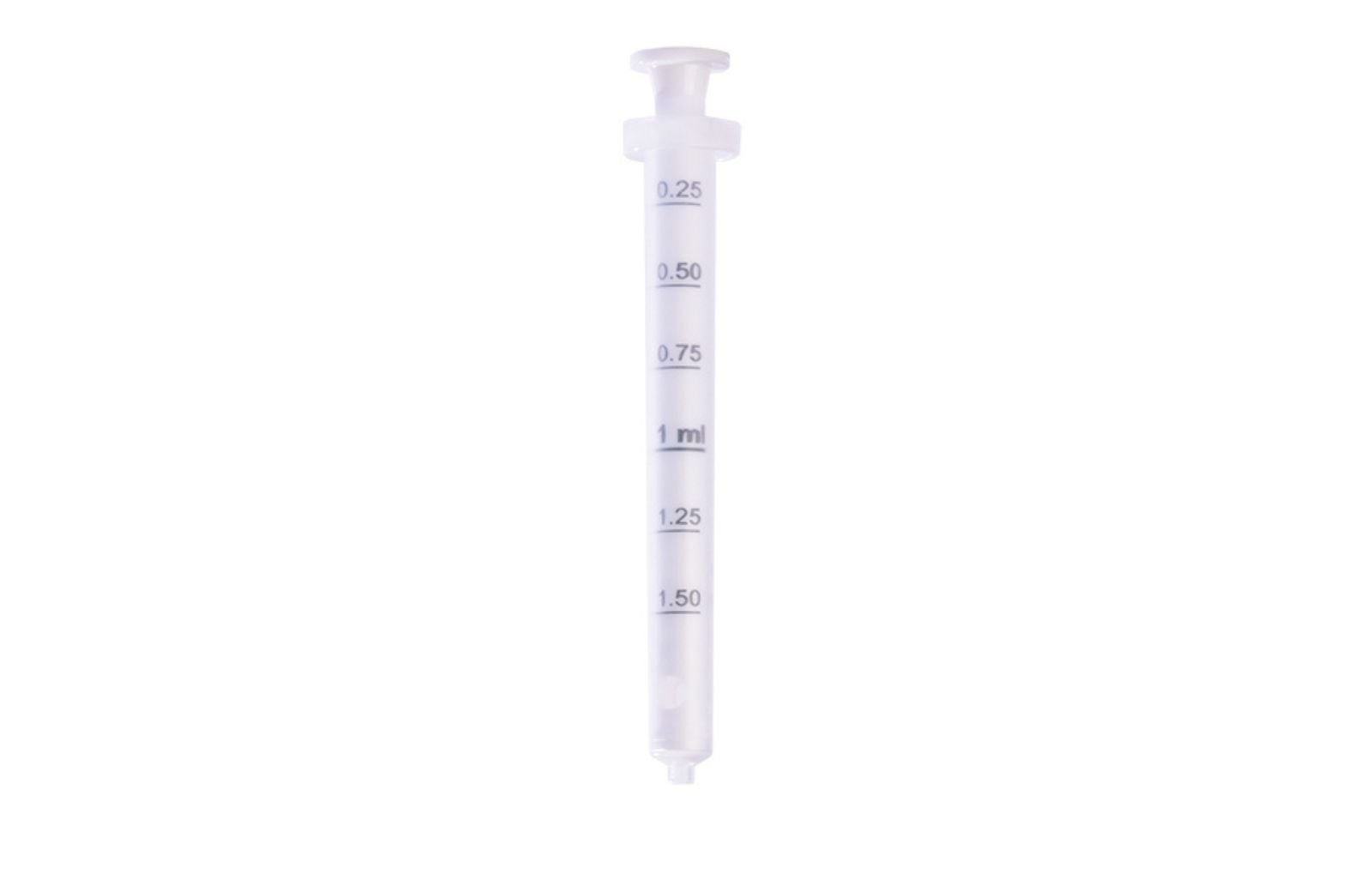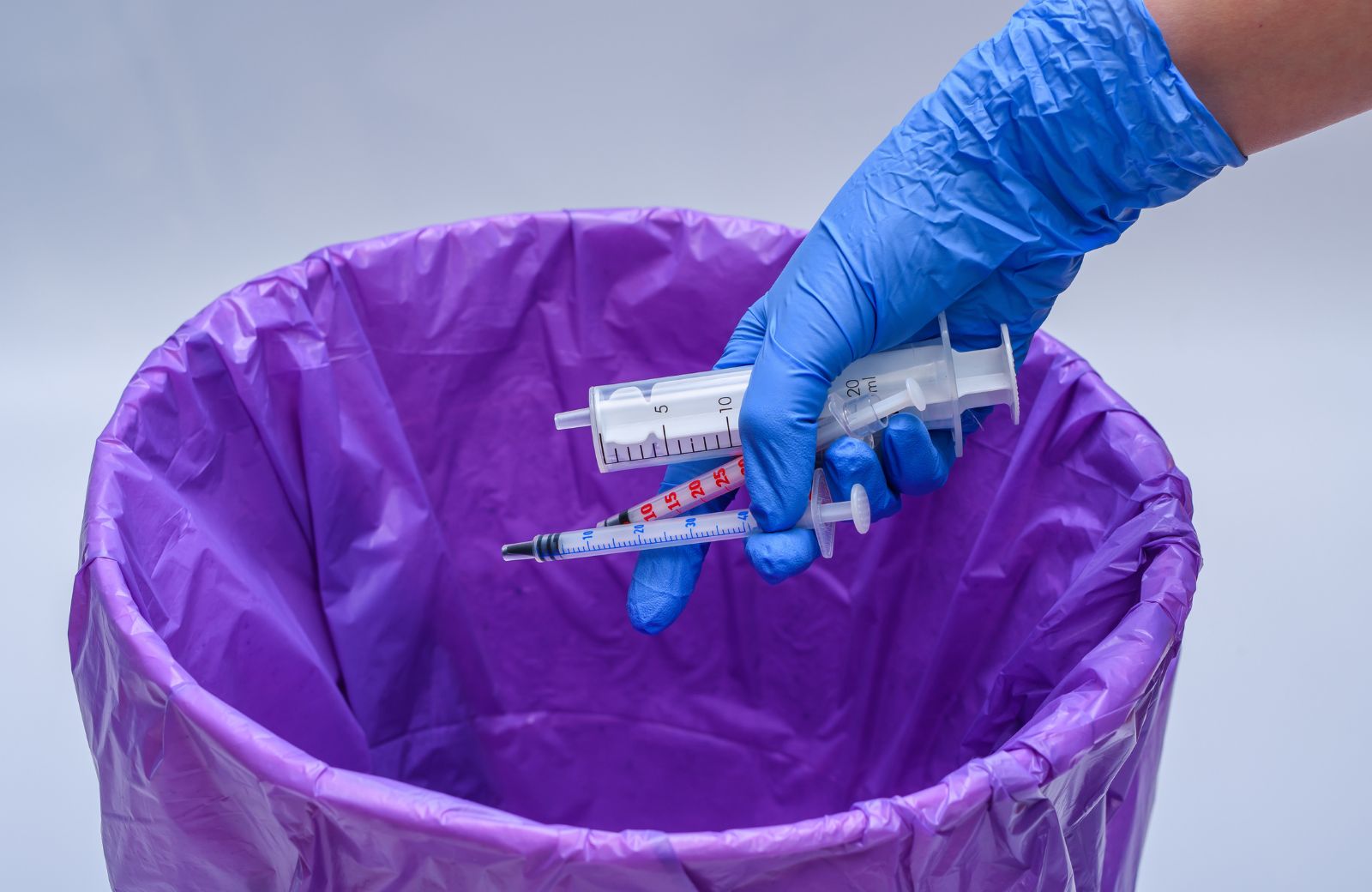 How to Choose the Right 1.5 ml Syringe for Your Needs
How to Choose the Right 1.5 ml Syringe for Your Needs
Choosing the right syringe is essential for ensuring accurate dosing and successful outcomes in medical, veterinary, and even crafting applications. Among the various sizes available, the 1.5 ml syringe is a versatile option that suits a range of uses. Here’s a breakdown of the considerations you should keep in mind when selecting a 1.5 ml syringe.
Determine the Intended Use
The first step in selecting a 1.5 ml syringe is to determine its intended purpose. Different applications require different features. Consider the following common uses:
- Medical Applications: Used for injections, vaccinations, and administering medications.
- Veterinary Uses: Ideal for delivering doses to animals, particularly small pets.
- Laboratory Tasks: Suitable for measuring small volumes of liquids in experimental settings.
- Crafting Projects: Helpful in mixing or applying glues, paints, or resins.
Material Considerations
1.5 ml syringes are made from various materials, and your choice may affect the syringe’s usability and safety. Key materials include:
- Plastic: Most commonly used, affordable, and disposable, making them convenient for one-time use.
- Glass: Reusable and suitable for specific applications requiring a sterility guarantee, like certain lab procedures.
- Latex-free Options: Important for individuals with latex allergies; look for syringes specifically labeled as latex-free.
Needle Type and Gauge
The type and gauge of the needle attached to a 1.5 ml syringe significantly influence its effectiveness and comfort during use. Here’s what to keep in mind:
- Needle Length: Choose a length that is appropriate for the injection site. Longer needles may be necessary for intramuscular injections, while shorter needles can work for subcutaneous injections.
- Needle Gauge: A higher gauge number indicates a thinner needle. For more viscous solutions, a lower gauge (and larger needle) may be required.
Accuracy and Readability of Measurements
Accuracy in dosage is crucial, and this is where the markings on the syringe come into play. When selecting a 1.5 ml syringe, consider the following:
- Graduation Marks: Choose a syringe with clear, easy-to-read measurements. A syringe marked in increments of 0.1 ml will provide better precision than one marked in 0.5 ml increments.
- Calibration: Ensure that the syringe is calibrated properly to avoid dispensing errors.
Assess Your Budget
Finally, budget is an important factor. While some applications may require high-quality or specialized syringes, others may allow for more economical choices. Consider the following points:
- Bulk Buying: If you need a large quantity, look for options that come in bulk packs to save money.
- Brand Reliability: Stick to reputable brands that guarantee quality, even if slightly more expensive.
Choosing the right 1.5 ml syringe requires careful consideration of your specific needs and circumstances. By taking into account the intended use, material, needle specifications, accuracy, and budget, you can make an informed decision that meets your requirements. This attention to detail will greatly enhance the effectiveness and safety of your applications.
What You Should Know About 1.5 ml Syringe Types and Their Uses
The 1.5 ml syringe is a versatile tool commonly used in various medical and non-medical applications. Understanding the different types of 1.5 ml syringes and their specific uses can help users select the right syringe for their needs, ensuring both safety and accuracy in administration. Below, we’ll delve into the various types of 1.5 ml syringes and their applications.
 Types of 1.5 ml Syringes
Types of 1.5 ml Syringes
1.5 ml syringes come in different types, each designed for specific functions. Here are some common types:
- Standard 1.5 ml Syringes: These are the most common syringes used for general-purpose injections, often featuring a Luer lock or slip-tip design for secure attachment to needles.
- Insulin Syringes: Specifically designed for administering insulin, these syringes often have markings for precise measurement in smaller units, commonly U-100 (100 units per ml).
- Oral Syringes: Meant for administering liquid medications orally, these syringes typically do not have a needle and come with a tip designed for easy ingestion.
- Pediatric Syringes: These are designed specifically for administering medications to children, often featuring smaller dosing increments and easy-to-hold designs.
Common Uses of 1.5 ml Syringes
The applications of the 1.5 ml syringe are extensive, ranging from healthcare to homecare settings. Some of the common uses include:
- Medication Administration: 1.5 ml syringes are widely used for the accurate administration of medications, ensuring doses are delivered precisely.
- Vaccination: These syringes are popular for vaccine administration due to their ability to hold a standard dose effectively.
- Laboratory Applications: In laboratories, 1.5 ml syringes can be used for precise fluid measurements and transfer of liquids in chemical experiments.
- Homecare Use: Patients who require self-administration of medication, such as insulin, often rely on 1.5 ml syringes as part of their treatment regimen.
Considerations When Choosing a 1.5 ml Syringe
When selecting a 1.5 ml syringe, it’s crucial to consider several factors:
- Needle Type: Choose a syringe with the appropriate needle type based on the fluid being injected and the patient’s needs.
- Material: Syringes can be made from plastic or glass, impacting durability and usability; select according to sterilization needs.
- Graduation Markings: Ensure the syringe has clear and precise markings for dosage, especially for medications requiring accuracy.
- Easy Grip and Use: Look for designs that provide comfortable handling, especially for individuals with limited dexterity.
In conclusion, understanding the types and uses of 1.5 ml syringes can significantly enhance their effectiveness in both professional and personal settings. This knowledge not only ensures accurate dosing and administration but also promotes safety in various applications. Whether for medication, vaccinations, or laboratory work, selecting the right 1.5 ml syringe is essential for achieving the desired outcomes.
 The Importance of 1.5 ml Syringe Accuracy in Medical Applications
The Importance of 1.5 ml Syringe Accuracy in Medical Applications
The precision and accuracy of medical instruments are critical in ensuring effective patient care. Among these instruments, the 1.5 ml syringe plays a significant role in various healthcare settings. Whether used for administering medications, vaccines, or other fluids, the accuracy of dosage delivered by a 1.5 ml syringe can greatly impact patient outcomes. In this section, we will explore why accuracy is crucial and how it affects both patient safety and treatment efficacy.
Understanding Dosage Accuracy
Dosage accuracy refers to the precision with which a required volume of medication or fluid is measured and delivered. In the context of a 1.5 ml syringe, the importance of dosage accuracy can be outlined in several key areas:
- Patient Safety: Administering an incorrect dosage, whether too little or too much, can lead to adverse effects, ineffective treatment, or even life-threatening situations.
- Treatment Efficacy: The therapeutic effect of many medications depends on specific dosages. An accurate delivery ensures that patients receive the intended level of drug exposure necessary for the desired effect.
- Avoiding Complications: Inaccurate dosing can lead to complications, especially in sensitive populations such as children, the elderly, and patients with comorbid conditions. A well-measured dose is essential to prevent any serious health implications.
Factors Influencing Syringe Accuracy
Several factors can influence the accuracy of a 1.5 ml syringe, and understanding these factors can help healthcare providers enhance their practice:
- Technique: Proper handling and technique are crucial. Healthcare providers must be trained in how to use syringes correctly to avoid air bubbles, which can alter dosages.
- Calibration: Regular calibration and maintenance of syringes are necessary to ensure they are functioning correctly. This is particularly important for reusable syringes.
- Syringe Quality: The quality and design of the syringe contribute to its accuracy. High-quality syringes typically feature clearer measurement markings and more reliable plunger mechanisms.
Consequences of Inaccurate Measurements
The impact of inaccurate measurements in medical applications can be profound and far-reaching:
- Legal Implications: Healthcare providers may face legal consequences for administering incorrect dosages that lead to patient harm.
- Increased Healthcare Costs: Errors in dosing can result in complications that require additional medical care, influencing overall healthcare costs.
- Impact on Patient Trust: Inaccurate dosages can erode patient confidence in healthcare providers and the medical system as a whole.
Best Practices for Ensuring Accuracy
To maximize the accuracy of a 1.5 ml syringe in medical applications, healthcare providers can adopt the following best practices:
- Training: Continuous training and education on syringe usage will enhance the skills of healthcare workers and improve patient outcomes.
- Standard Operating Procedures: Establishing and following clear protocols for measuring and administering doses can minimize errors.
- Regular Quality Checks: Implementing routine checks for equipment can ensure that syringes remain reliable and accurate.
In summary, the accuracy of a 1.5 ml syringe is vital across a range of medical applications. By understanding the significance of dosage accuracy and implementing best practices, healthcare providers can significantly enhance patient safety, treatment efficacy, and overall healthcare quality.
 Tips for Properly Handling and Disposing of 1.5 ml Syringes
Tips for Properly Handling and Disposing of 1.5 ml Syringes
Proper handling and disposal of 1.5 ml syringes is crucial not only for safety but also to prevent contamination and ensure compliance with regulations. Whether you’re a healthcare professional, a caregiver, or a patient administering medication at home, understanding how to manage these syringes is essential. Below are guidelines to follow for safe handling and disposal.
Handling 1.5 ml Syringes Safely
Handling syringes requires maintaining a clean and sterile environment to reduce the risk of infection. Follow these tips for safe syringe handling:
- Wash Your Hands: Always begin by washing your hands with soap and water or using hand sanitizer to minimize the risk of contamination.
- Inspect the Syringe: Before use, check the syringe for any signs of damage or contamination, such as cracks or visible dirt.
- Use the Right Technique: Hold the syringe by the barrel and avoid touching the needle or the tip. This protects the sterile area from contaminants.
- Keep the Needle Covered: Only remove the needle cover right before you are ready to use it. This minimizes the risk of needle-stick injuries.
- Dispose of Needles Safely: After use, do not recap the needle. Instead, place it immediately into a designated sharps container.
Disposing of 1.5 ml Syringes Appropriately
Disposal of 1.5 ml syringes must adhere to local guidelines and regulations. Incorrect disposal can lead to serious health risks and environmental impacts. Here’s how to properly dispose of syringes:
- Use a Sharps Container: Always dispose of used syringes in a puncture-proof sharps container that meets local regulations.
- Seal the Container: Ensure that the container is sealed tightly to prevent any accidental needle-stick injuries.
- Follow Local Regulations: Check local laws regarding the disposal of sharps containers. Some areas have specific drop-off sites or waste management protocols.
- Avoid Household Trash: Never dispose of syringes in regular trash. Aerosolization of needle waste poses dangers to sanitation workers and the public.
- Request a Disposal Service: In some regions, you can request a medical waste disposal service to collect and safely dispose of sharps waste.
Preventing Accidental Injuries
In addition to proper disposal, taking measures to prevent accidental injuries during handling is critical. Consider the following strategies:
- Stay Focused: Always be attentive when handling syringes to avoid distractions that might lead to accidents.
- Educate Others: If you are responsible for others who may handle syringes, educate them on safe practices for handling and disposing of syringes.
- Use Safety Devices: When possible, opt for safety-engineered syringes designed to reduce the risk of needle-stick injuries.
By following these best practices for handling and disposing of 1.5 ml syringes, you can help create a safer environment for yourself and others. Proper education, preparation, and adherence to guidelines are key components of safe syringe use. Always remember that your safety and the safety of those around you depend on how you manage medical waste.

